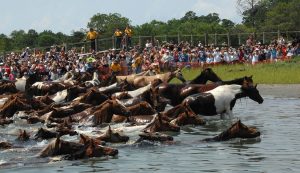#186: The Genus Cortinarius
Cortinarius contains umbrella-like agaric mushrooms that are mycorrhizal, have a brown spore print, and produce a cobweb-like partial veil. It is the largest mushroom genus on Earth, with over two thousand species crammed into it. While the genus itself is fairly easy to recognize, identifying anything down to species is next to impossible. Most of the species listed in field guides are actually species groups and the field guide descriptions apply to a handful of closely related species.

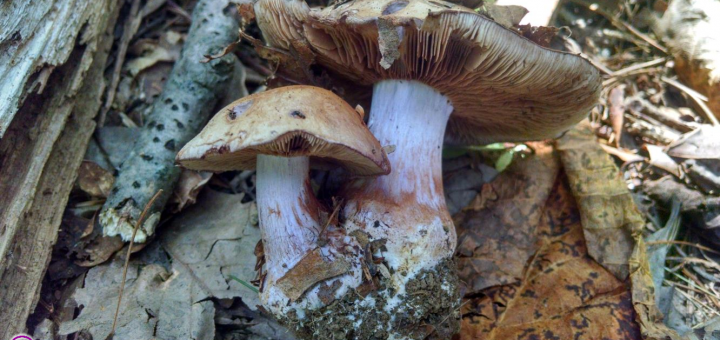
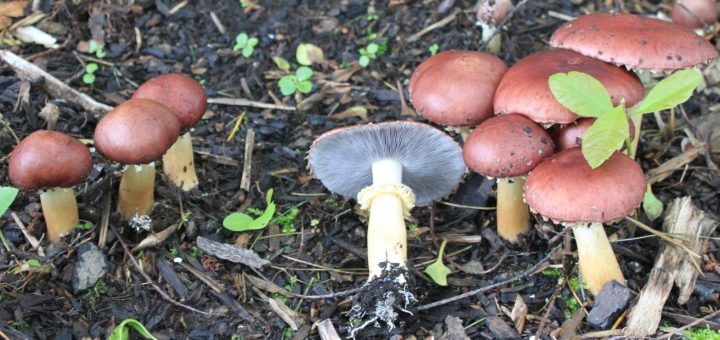
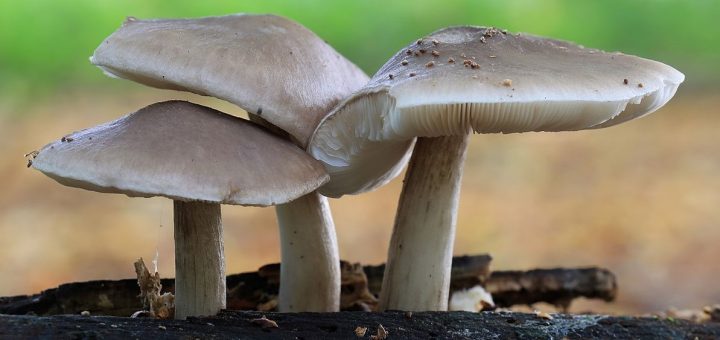
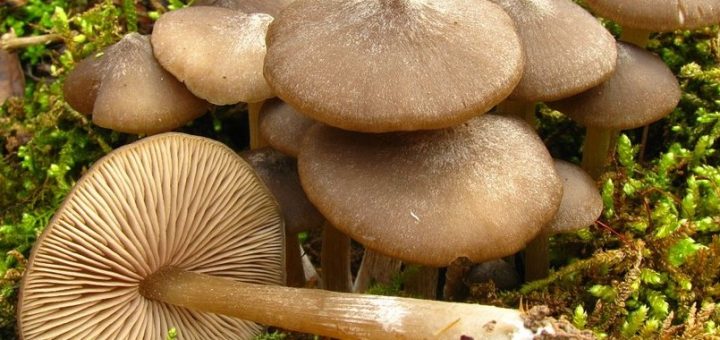

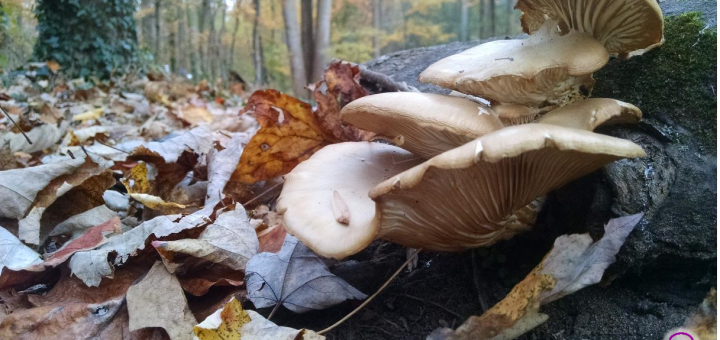
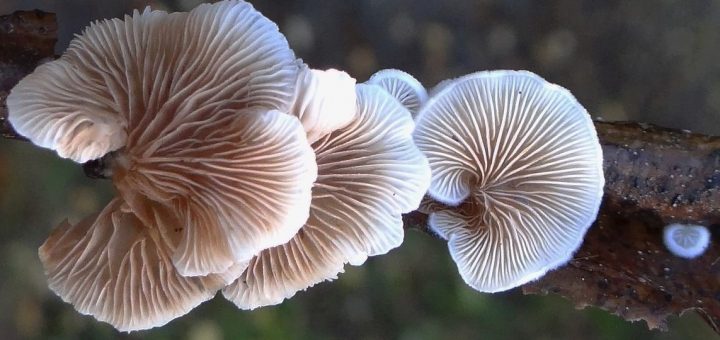
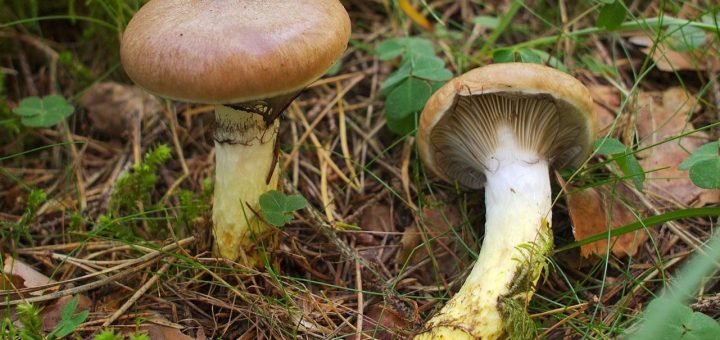
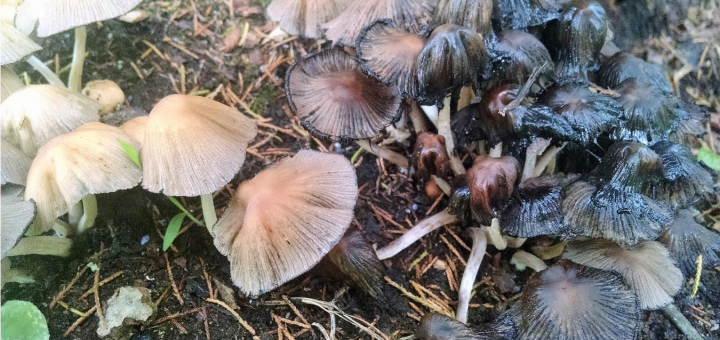
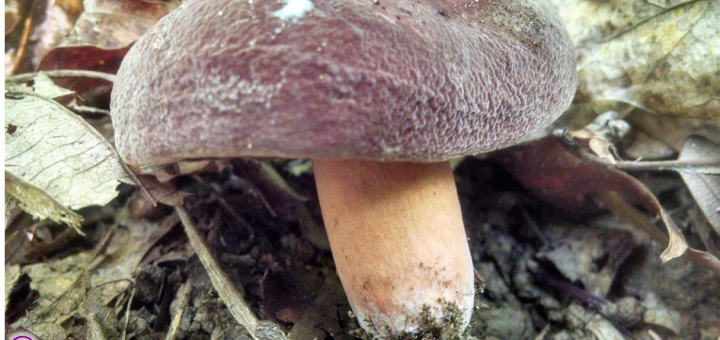





![#011: Characteristics of Kingdom Fungi [Archived]](https://www.fungusfactfriday.com/wp-content/themes/hueman/assets/front/img/thumb-small-empty.png)

